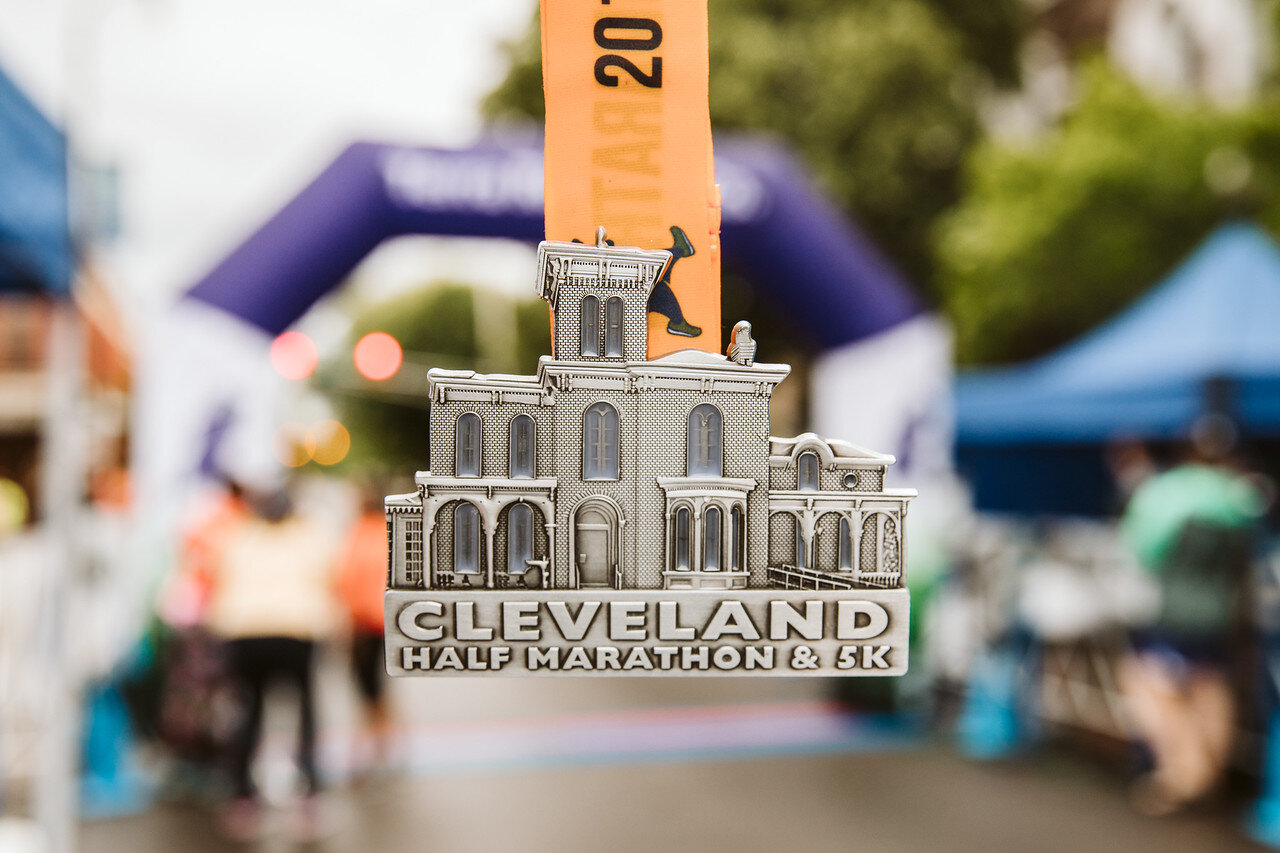Although running seems natural and like something you shouldn't have to think too hard about doing, having an efficient running form can make a big difference. Whether you want to run longer or harder, being sure to not waste energy on movement unrelated to forward progress will increase efficiency and help you improve, even incrementally.
The first step to improving running form is to simply be aware of your current form. It's much easier to have good form when you are just starting a run, but the more fatigued your body gets, the harder it will be to maintain proper form and the more inefficient you can become. Before trying to change any part of your form, go for a run and simply notice where your body moves naturally. Then, choose one aspect at a time to focus on per run. According to the New Balance Good Form Running curriculum, here are four key points to work on to improve efficiency:
#1: Posture: Keep your shoulders above your hips and hips above your ankles. Relax your shoulders and bend your arms at about 90 degrees. Use small arm swings and be sure not to cross the midplane of your body with your hands.
#2: Midfoot: Try to strike with your midfoot, halfway between your arch and toes. Strike under your body, avoiding reaching too far out with your foot. Try to strike lightly, avoiding pounding.
#3: Cadence: A target cadence is about 180 beats per minute. Download a metronome app on your phone and run to the beat to stay on a certain cadance. In order to hit a higher cadence, you'll have to take shorter, quicker steps. If 180 feels too quick at first, try to increase your current cadance by 5-10 beats per minute. You can also download cadence playlists to run along to.
#4 Lean: Lean from your ankles, not your waist. Keep your body aligned (see Posture), but keep a slight lean from your ankles to encourage a forward motion.
When considering your running form, don't worry about trying to improve all of these aspects at one time. When I do running form clinics with high school and middle school teams, I tell them that trying to worry about too many of these aspects of form at the same time is like trying to pat your head and rub your stomach at the same time; it seems simple but gets confusing! As you simply notice what you are already doing and focus on one thing at a time, your form will improve with each run.




